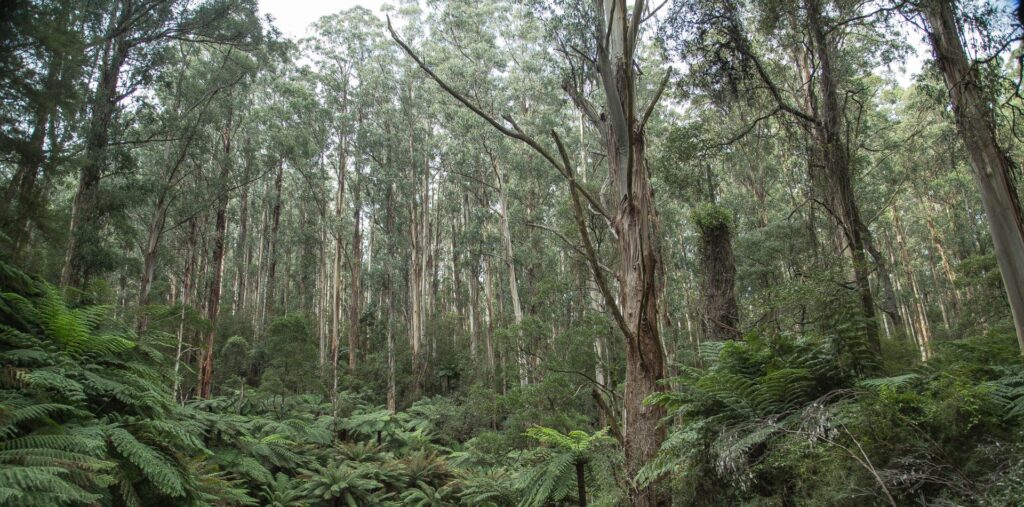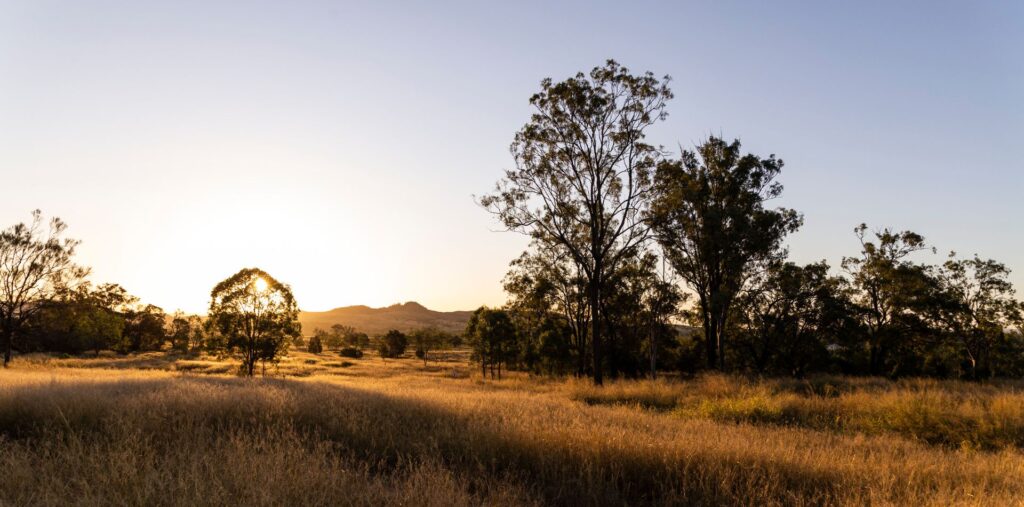Last week we welcomed the release of the new Reforestation method, allowing ACCU Scheme participants to earn carbon credits for native reforestation in 2025 and beyond.
The new Reforestation by Environmental or Mallee Plantings 2024 method replaces the 2014 version which expired on the 30th of September 2024. The reworked method remains much the same as the 2014 version, however this update includes the following changes that are likely to benefit participants:
1. Project Activities Can Start Earlier
Under the 2014 method, proponents were required to wait until the project was approved by the Clean Energy Regulator (CER) to begin site preparation and place orders for seed and/or seedlings. The new method allows these activities to be commenced once the application has been made, which removes some of the key timing constraints that have hindered project development in the past. This will give landowners greater flexibility to order seedlings and adhere to optimal planting windows.
2. More Streamlined Planning and Record-Keeping
The new method requires a ‘Reforestation Management Plan’ (RMP) to be submitted at project registration. This document brings together project details that have traditionally been requested at registration, along with some additional criteria which were previously submitted at the offset reporting stage, such as a species list.
Producing an RMP will allow for more effective planning and record-keeping, which should improve project compliance and quality. However, we anticipate that an expert site inspection may now be needed before registration can be submitted, and landowners should consider this as part of their project planning. Fortunately, the ability to commence activities as soon as registration is submitted is sufficiently flexible to limit the impact of this.
The RMP will need to be maintained and updated throughout the crediting period.

3. Expanded Eligibility for Infill Planting
The new method explicitly defines ‘infill planting’ provisions – an item that was a recognised grey area under the previous Infill planting has been split into two types:
- Ecological infill planting – planting after the first reporting period, for the purposes of enhancing biodiversity outcomes, and
- Establishment infill planting – planting before the end of the first report period for the purposes of increasing stem density.
There are some provisions that must be met (including the requirement that infill planting doesn’t comprise more than 5% of the carbon estimation area) to ensure that these infill plantings do not a trigger a new planting date. Ultimately, these changes provide landowners with clearer parameters for conducting infill planting, which will assist with project planning.
4. Relaxed Spacing Requirements
Plant spacing requirements have been relaxed, focusing on achieving stem densities that are consistent with FullCAM calibrations, rather than distances between trees.
This provides participants with clearer guidelines around planting design when applying mallee and belt planting calibrations, and introduces a minimum stem density for these. As block planting guidance refers to the CFI Mapping Guidelines (which have not been updated at time of publishing), we note that there is an information gap here, which we are seeking to clarify.

5. Harvest of Seeds From Your Planting
The new method allows you to harvest up to 20% of available seed each year for personal or commercial use. This will help to address seed supply issues and support the continued expansion of native planting activities across Australia.
The 2020 version of FullCAM will continue to apply to the method until further guidance is released on the use of the 2024 version currently in development.
Overall, we believe the changes made have resulted in a clearer, more practically applicable document that retains its reputation as a high-quality carbon method, and we commend the Department on generally responding to key issues raised during the public consultation phase.
Why is the Release of the New Method Important?
The Reforestation method is widely recognised as a high-integrity ACCU Scheme method, it has significant potential for generating land sector carbon abatement and biodiversity enhancement. Release of the new method marks a fantastic opportunity for landholders to be incentivised for undertaking tree planting activities, and in turn diversify income, make use of marginal land, improve the function of your farm landscape and contribute to a sustainable future.

How Does CFF Support Landowners to Deliver Reforestation Projects?
Here at CFF, we work with landholders to make the process of registering and running a Reforestation project as simple as possible. We provide remote support from feasibility right through to credit issuance.
We recently conducted a survey and found 100% of our existing clients would recommend our services.
We believe that you should see the benefit from your land, so we take 0% of the carbon credits. You simply pay for the support you need, when you need it and as a not-for-profit, we’re able to keep our fees reasonable.

How Do I Know If It’s Right for Me?
If you’re interested in how a Reforestation project might work for your property, we offer feasibility presentations, which include:
- An introduction to carbon farming – how do you comply with the method?
- Eligibility assessment – will your land meet the requirements of the method?
- Carbon yield mapping – where’s best to plant on your property to earn the highest number of carbon credits?
- Project costs – what can you expect to pay to get started?
- Revenue – what would you earn if you sell your carbon credits at a variety of future prices?
- Cashflow modelling – how does this all look over the 25-year crediting period?
- Co-benefits – how to add value by building extra benefits like biodiversity into your project?
- Risk and success factors – things to consider to optimise your project
- The process and timeline to establish a reforestation project
- A 1.5-hour presentation and Q&A session with an expert facilitator
We’re expecting a rush of interest with the introduction of the new method, so get in touch today to get ahead and schedule your feasibility assessment.
You can book a free non-obligation chat with one of our experts here, or email us at [email protected] or call us on 08 6835 1140.


![AFN – Cert Accredited Expert [RGB] AFN - Cert Accredited Expert [RGB]](https://carbonfarming.org.au/wp-content/uploads/elementor/thumbs/AFN-Cert-Accredited-Expert-RGB-e1725255016744-qti2uogw4b9a3s6au2d1bbf4utb8ggjuwvkj4qpce8.png)